Facebook Log In App Design
A guide to designing successful Login experiences
![]()
Design for a login page can seem deceptively simple. I spent a considerable part of 2020 designing login and account flows for a social media giant and learnt this: Ensuring successful and stress-free login for the user requires a lot of thought and experimentation! Here are my top learnings, summarized.
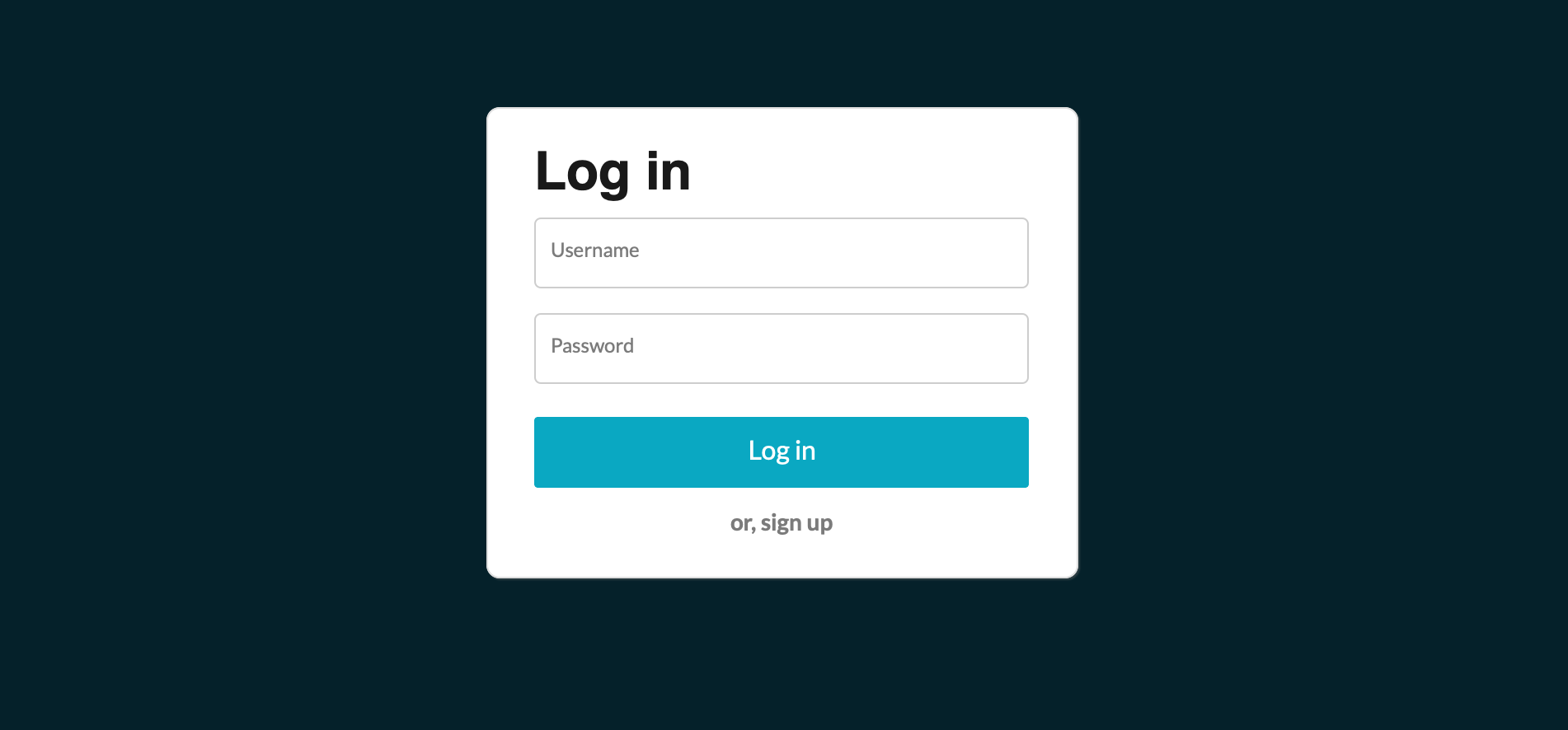
What is login?
A login experience is an entryway into an app, website or service. It helps users establish their identity.
- A login flow usually consists of a main login page and a fairly complex recovery flow, which includes 'forgot password', resetting password, and alternative methods to login.
- The primary goal of the login experience is to ensure that the user successfully logs in to their account.
What is login intent?
Let's take a moment to define the term 'login intent' which is key while making design decisions along the way.
Login intent is the user's willingness to go through with the login flow. In think-aloud terms, it can sound like 'I want to login' , 'I want to check my emails' , 'Take me there' , etc.
When a user lands on a login page, they may also express lack of intent. This may sound like: ' Hmm, don't care, I'll do this later' or ' this is too much work' or 'oh no, what do I do now'? Forgetting passwords, hitting a snag along the way, or switching to another tab/ device could all be indicators of lack of intent.

Conserving or increasing the login intent along the login flow is a good goal to have, and the following guidelines are all tailored to this goal.
1. Design familiar experiences
This one is not going to be a designer's favourite guideline, but it's important to align with the best in class experiences in the eco-system. Use simple, well- recognized layouts. Use well-known terms and copy. This helps users perform a familiar action with confidence and ease.
Keeping design simple also helps the experience scale easily to different form factors and devices .
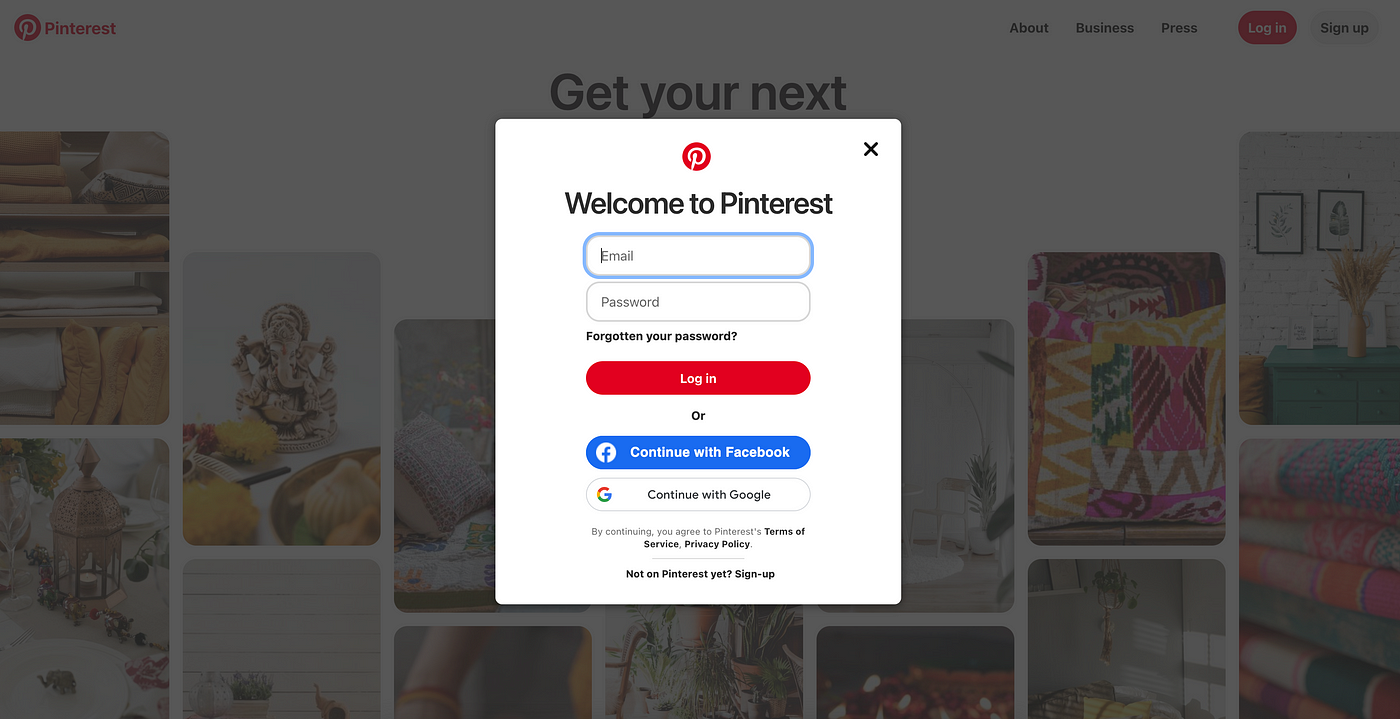
Scroll to the end — to see my roundup of popular and successful login experiences from around the web.
Which brings us to the next point — where's the room for creativity?
Login is a great touchpoint to emphasize your brand. Visually, this might translate to using the brand colors, photography, illustrations, or even a marketing message. As most design problems, this one's all about the art of balance. The login action should always take center-stage. Additional elements on the page should be extremely measured, and should not take away any attention from the task at hand.
👍🏽 A good rule of thumb: The lesser time users spend on the login page, the better. Help them move on to discover the actual goodness and value in the product as quickly as possible!
2. Design for focus
Quick recap of the thumb rule: The lesser time users spend on the login page, the better. In line with that, the login (or recovery) action should take up all of the user's attention.
- It's best to keep the login form in the centre of the page. If you plan to place in on one side, it's best to give it primary visual treatment.
- For copy writing, instructing users what exactly they need to do at a particular step is a great idea! Instead of lengthy explanations, a simple 'Enter your password' will get the job done. Humour, complicated jargon, technical terms and flowery language have no place in a login experience.
- In a recovery experience, it is helpful to break down a complex set of actions into multiple steps. Asking users to do one important thing at a time! Eg: Enter your phone and Enter the code sent to your phone are two separate steps.


Tips to keep the main task in focus:
- The login form can live in a modal, an overlay, or a page of it's own
- Using card layout
- Divide actions into primary and secondary actions
- Use a large and prominent login button
- Keep the number of secondary actions to a minimum — avoid cluttering the page with anything that's not your core login experience.
3. Give clear feedback & provide a helping hand in case users fail
At each stage in the login process, users might fail. A wrongly entered email address, mistyped or forgotten passwords, network problems — all of these might cause login intent to plummet. For this reason, it is very important for the login UI to respond to the user in the most appropriate way. Clear, timely, well crafted error messages help here.


Some tips to guide users through recovery:
- Nudging users to try out suitable alternatives
- After they fail, organising alternative login methods while navigating users to a separate page
- Surfacing the most useful login methods in context, and being super-responsive to the users in times of crises!
4. Retain context whenever possible
It is important to let the user know that the platform recognizes them — if it does — and provide a welcoming return-user experience. This helps increase login intent of the users.
Ways to retain context:
- Features like 'remember me'
- Pre-filling fields from the previous step, eg: pre-filling email ID from the login step while jumping into a recovery flow
- In case a two-step login is being used, it is a great idea to surface login methods personalized for the user — is the user more comfortable with phone OTP login? Or email+password? Remembering what user chose the last time can increase user's login intent, and make the login experience feel natural and seamless to them.
- In enterprise SSO logins, users may be logged into platforms with multiple accounts. In case multiple accounts are detected, it is best to surface these options to the users and let them choose which account they want to use.
5. Multiple login methods provide flexibility
There is no one-size fits all approach for which login methods your platform should provide. It is best to provide one or two additional methods (beside username+password) so that users have options, in case they forget their password. These could be phone-number based logins, biometric, or the most common, social logins like Google, Twitter, LinkedIn or Facebook. If you are considering social logins, add the most popular and secure options for your platform.
A word of caution — adding more methods clutters up the page, and thus might decrease login intent ! Limit additional options to 2 or 3 methods.
Optimize for the most used options, and clearly segregate primary and secondary options. These options often prove to be great alternatives to needing to reset password (in case the user forgot password), which is seen as a tedious step. Intelligently surface options and personalise whenever possible. Eg: If the user has come via email, it might help to provide a login with one-time link option.
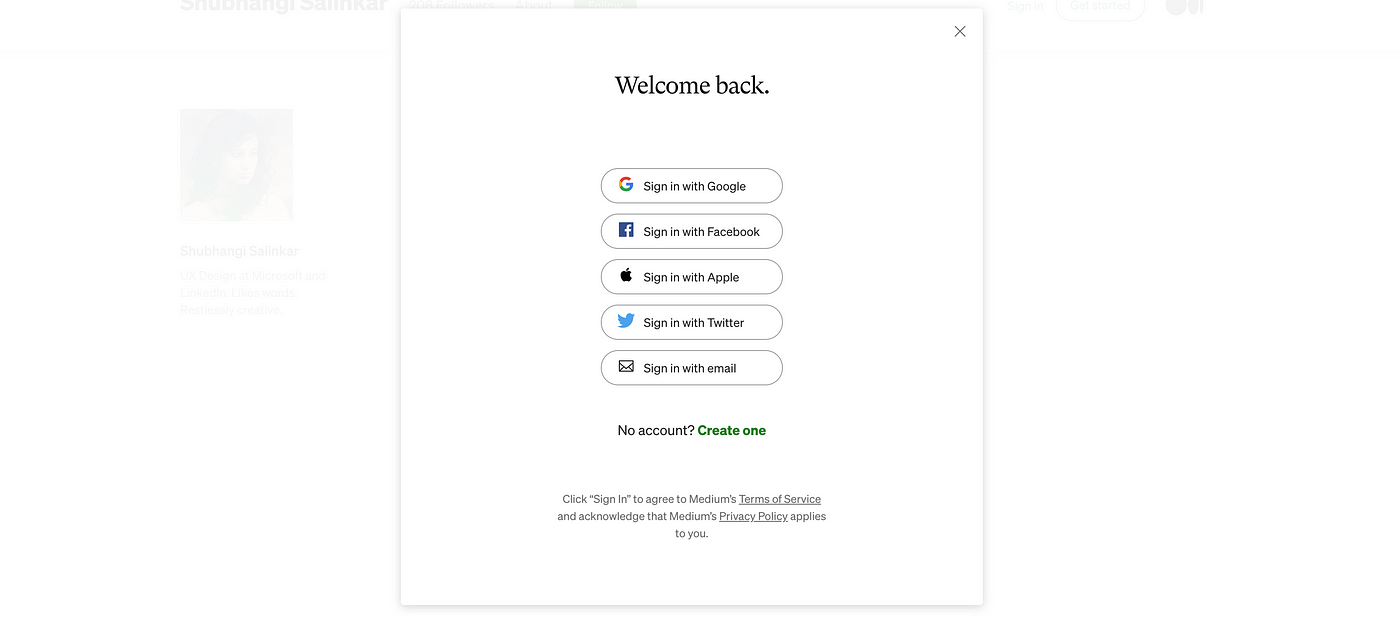
Password-less methods are fast gaining popularity. Phone-number based authentication are the norm, especially for apps in mobile-only geographies. Fingerprint and FaceID are coming up in many places, making for seamless and secure authentication flows. Find what's best for your platform (and feasible to build) and use that as a primary options!
6. Know that login is a trust-sensitive moment
Login involves users entering sensitive personal data like email, passwords and phone numbers — it is a trust sensitive moment that defines their relationship with your platform!
Login forms should represent your brand and any visual changes must be staged out slowly — since a completely changed visual may lead to lack of trust.
Login should also be a balance of (useful) friction — enough to keep the bad guys out of the system!
While reducing friction for regular users is important, it may become important to surface additional authentication if we suspect that the user may be a hacker. This might be a good opportunity to remind users about the measures that can take to amp up the security of their account — eg: strong passwords, 2 factor authentication, etc.
7. Find out clues and determine your user type
I've said this before, but putting in a fair bit of detective work into knowing the user helps increase login intent!
Login is one of those experiences where your user persona can literally be all-encompassing — Everybody on your platform and under the sun might have an account on your service! If it is possible, narrow down your persona.
In cases where this is not possible, like mine,(I design for a social media platform) you can try these options:
- Login funnel — work with PMs to find out the crucial stages where users interact and drop off during the login flow.
- Login entry points — are users landing on your login page via an email? Via a search engine result? While they are inside a guest experience flow? In an App? You can work with cues from these entry points and surface the most relevant set of options for your users.
- Known devices — phones, browsers, and known devices can help surface welcoming, personalized experiences for users
- User cohorts — other way of segregating users like web/mobile, age-groups and geographies might help too.
Since the user is not logged in, using these clues can increase intent. Taking small steps towards recognising and making things easier for your users can take you a long way towards increasing login success! This in turn leads to more active users for your platform, and everyone wins! :)
Best practices with examples:
A round-up of my favourite login moments from around the web. These include some frequently visited platforms on my radar. Feel free to recommend more!
Views expressed in the captions are all my own*
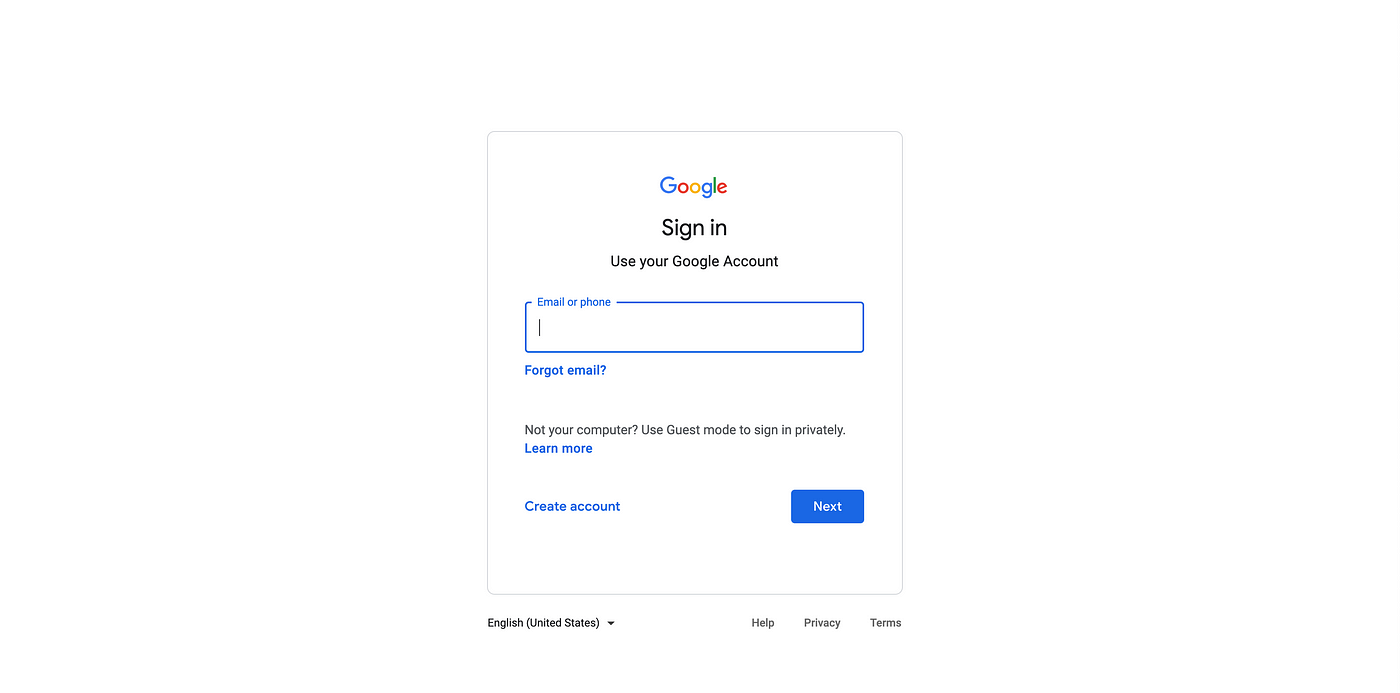

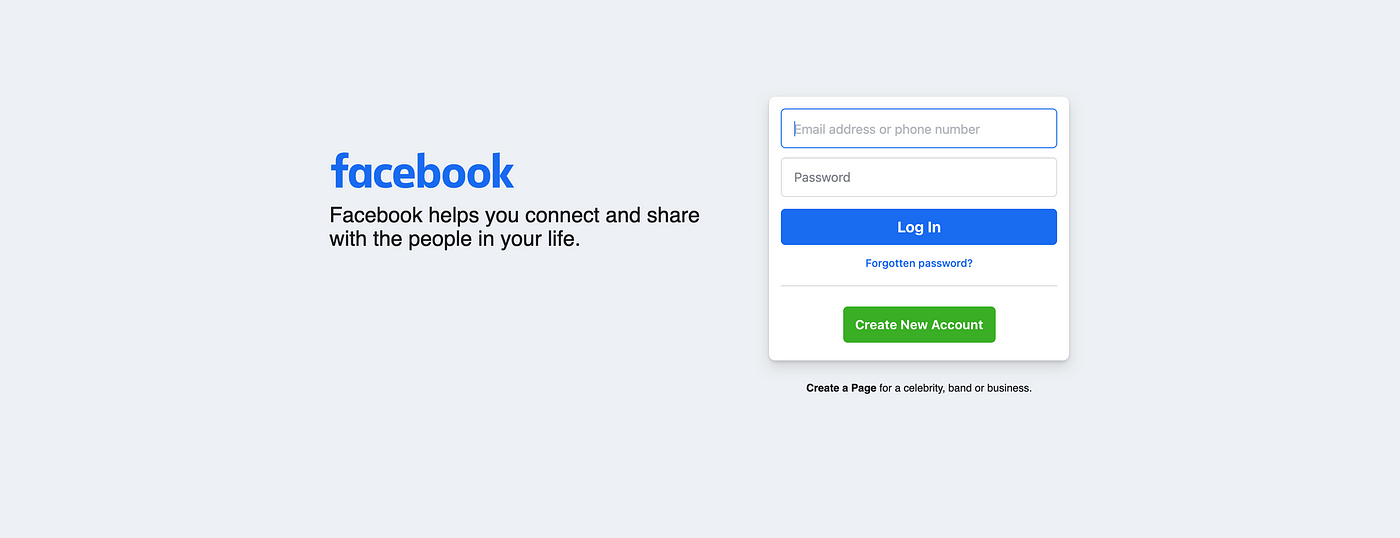

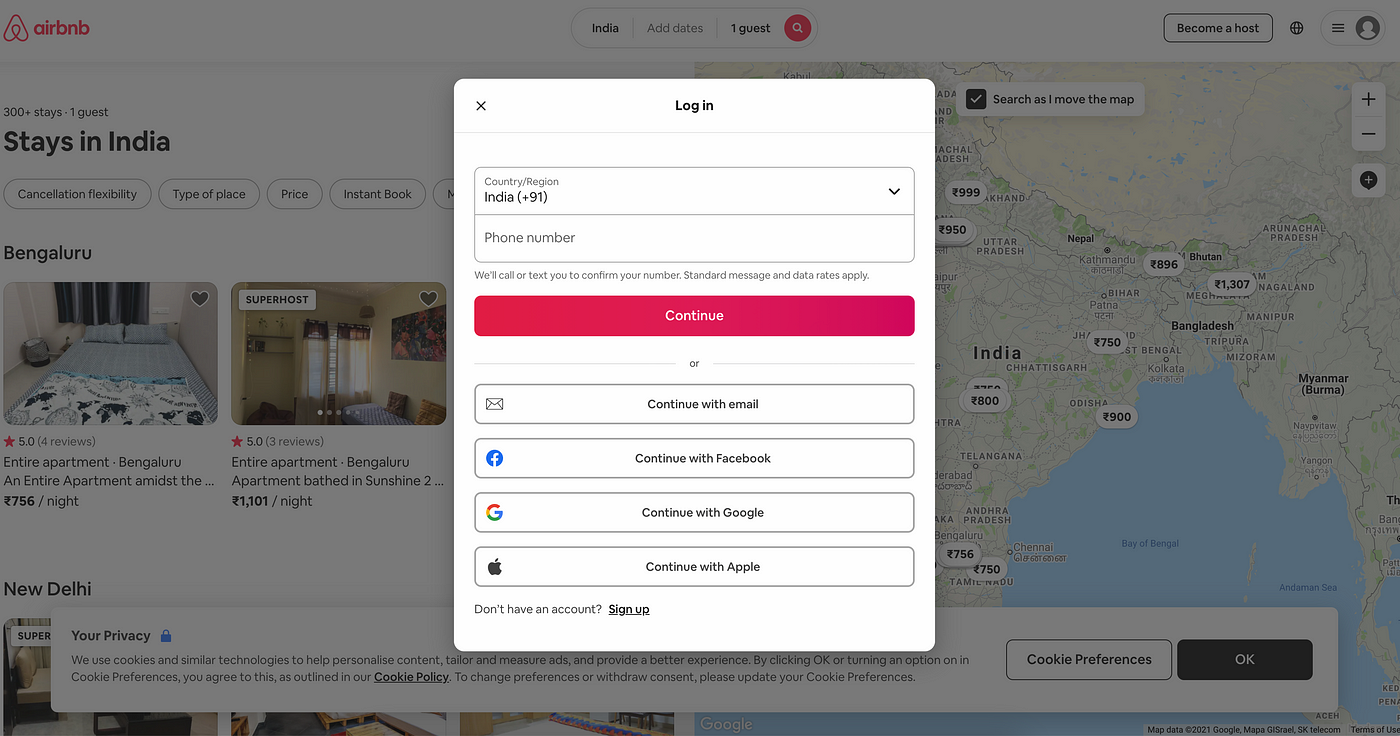
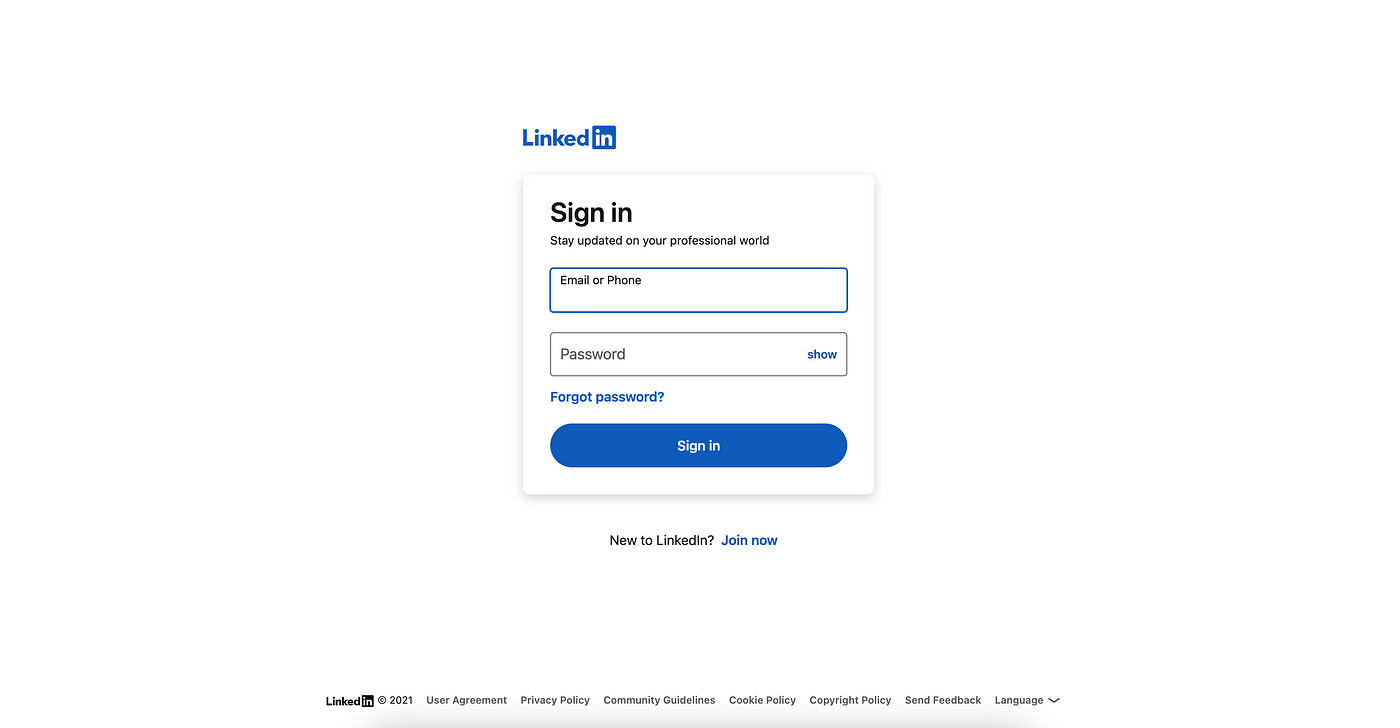



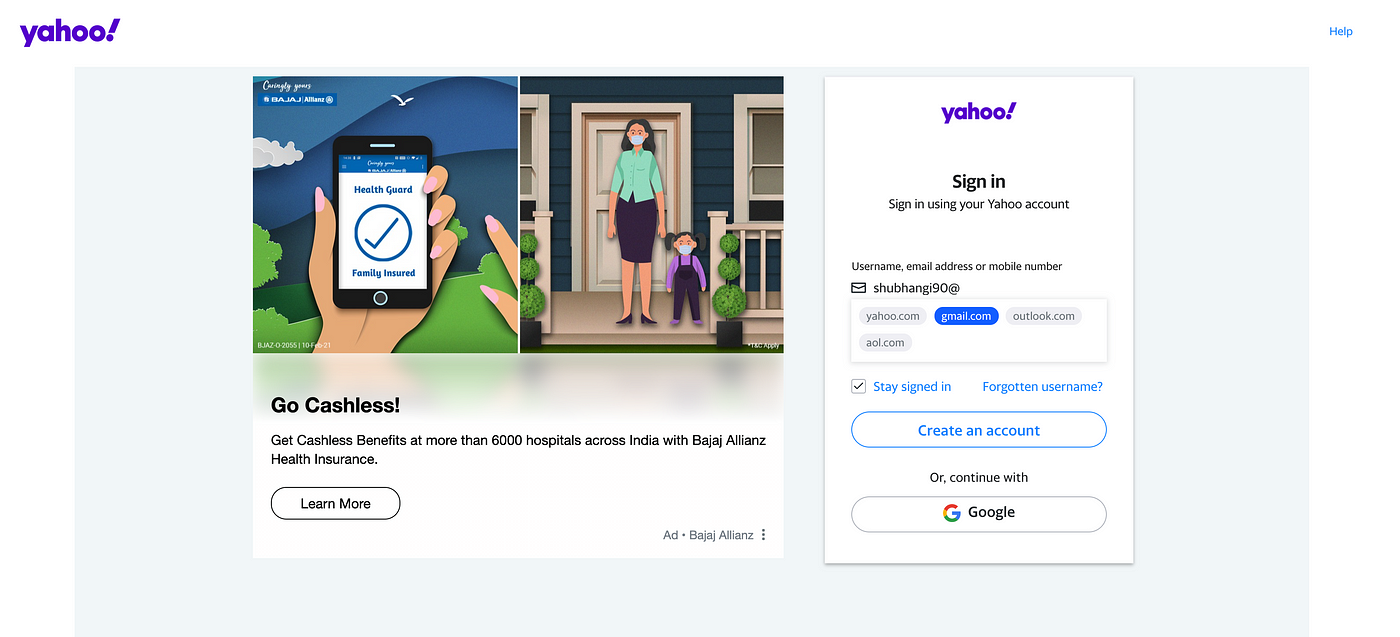

Shout-out to my product partner Apurva for learning with me, along the way! Taking small steps towards recognising and making things easier for your users can take you a long way towards increasing login success! This in turn leads to more active users for your platform, and everyone wins! :) Hope you could relate to this article and found something to apply to your own product and design work.
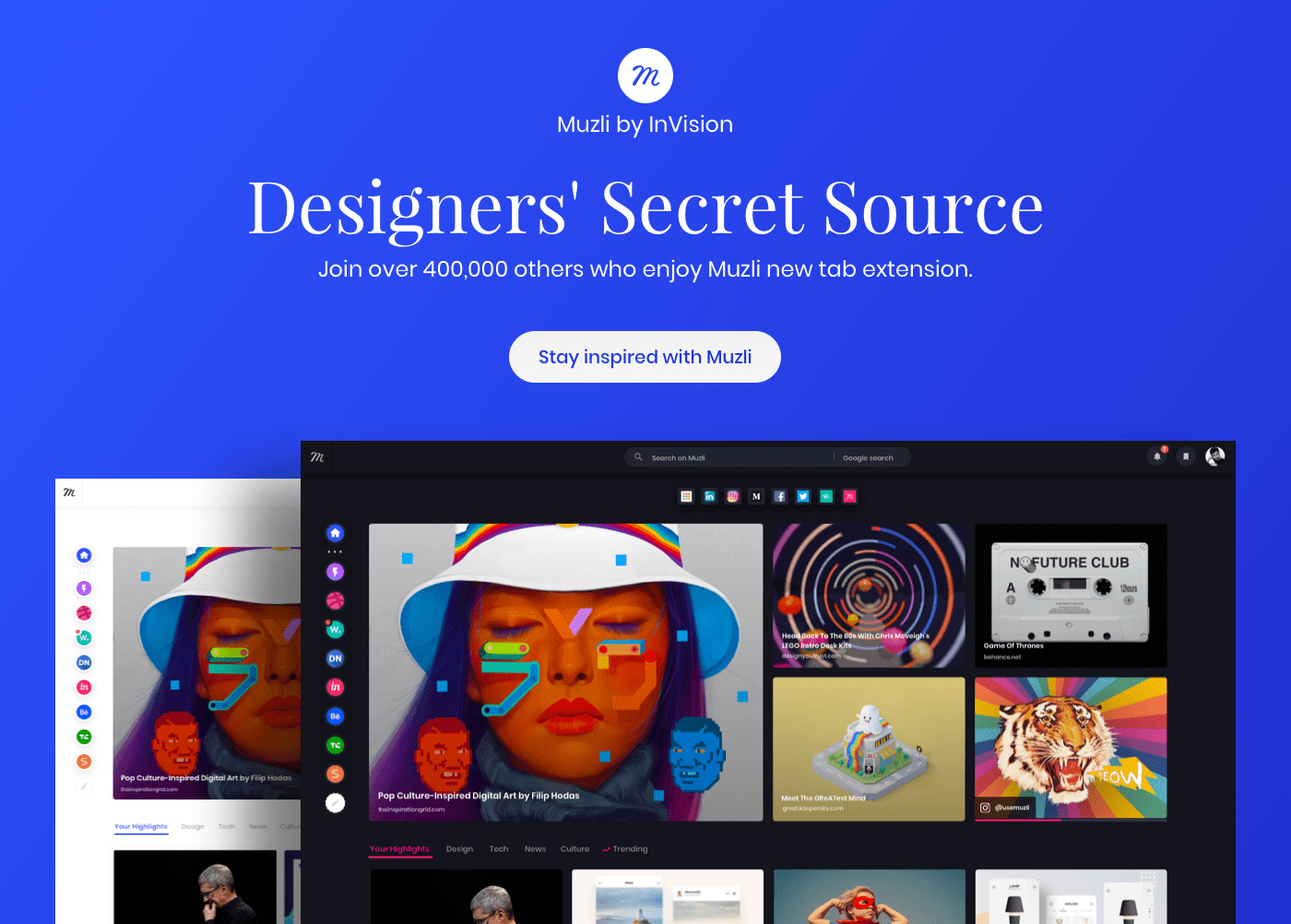
Facebook Log In App Design
Source: https://medium.muz.li/a-guide-to-designing-successful-login-experiences-d9cdb81877ec
Posted by: browndider1991.blogspot.com

0 Response to "Facebook Log In App Design"
Post a Comment